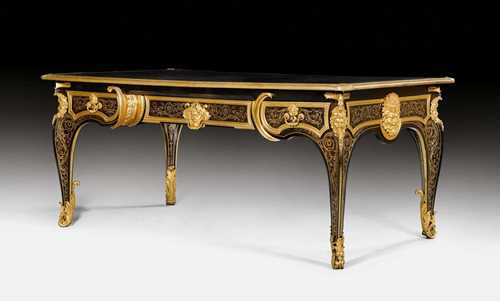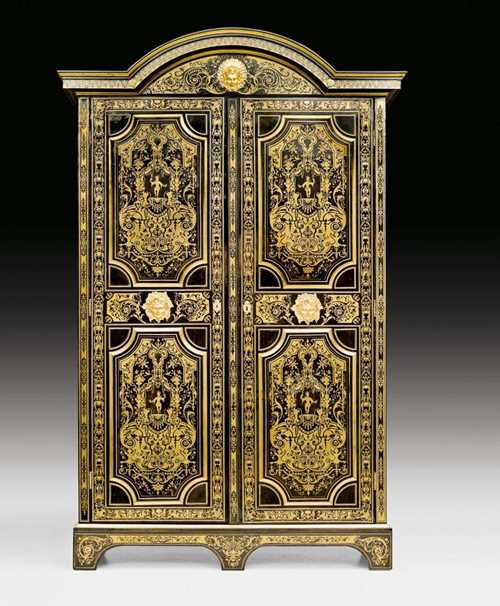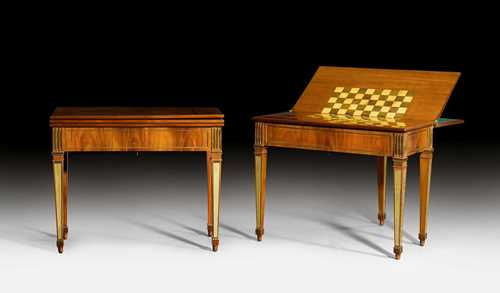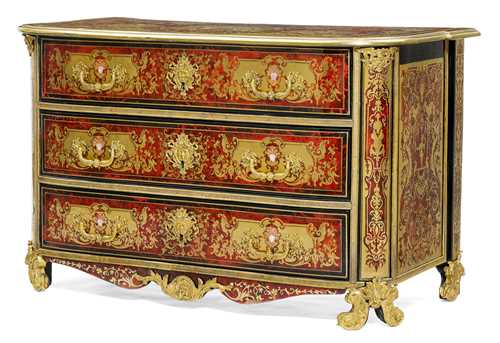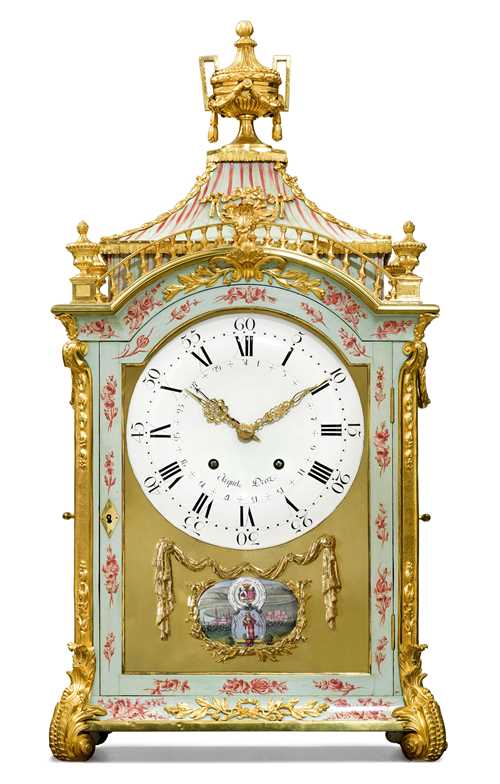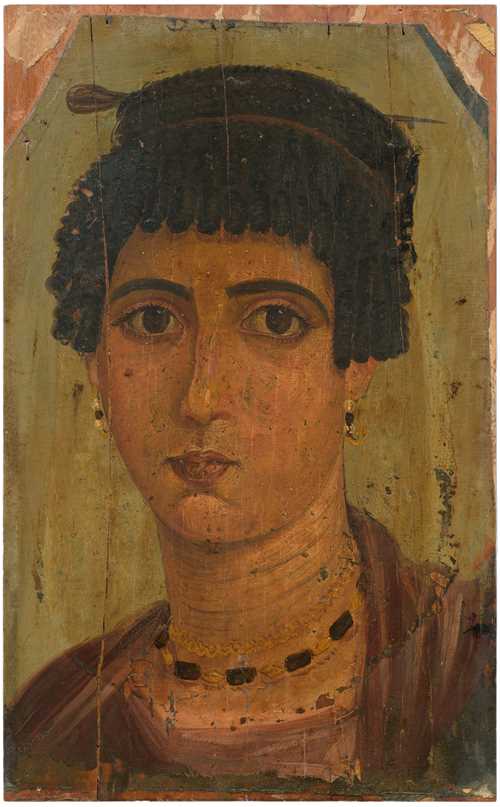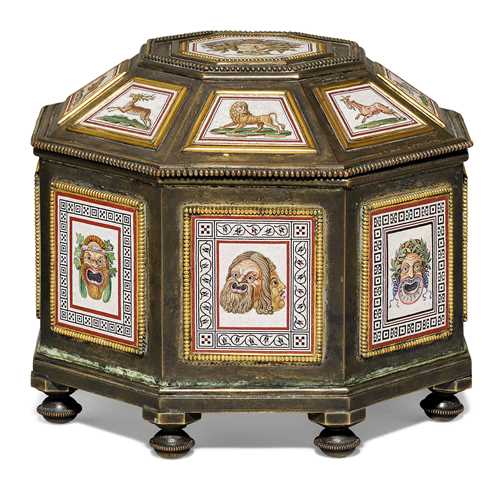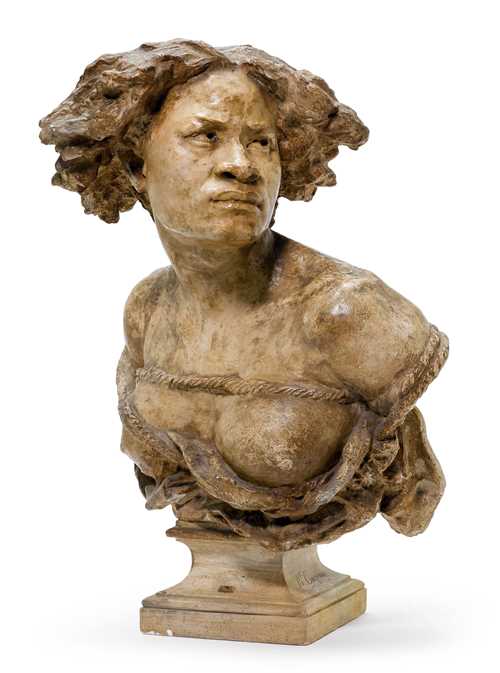MOBILI
La storia di Koller ha inizio nel 1958 con le arti decorative. Le aste di mobili, argenti, porcellane e sculture rappresentano alcune delle nostre competenze più antiche. Nel corso dei decenni, numerose opere di grande significato sono state offerte nelle aste di Koller.
Quasi nessun'altra casa d'aste in Europa è in grado di presentare due volte all'anno una tale densità e qualità di arti decorative e oggetti da collezione, dal XV al XIX secolo. Oltre ai mobili di ebenisti come Charles Cressent, Abraham Roentgen, André-Charles Boulle, Bernard van Riesenburgh e Johann Friedrich Spindler, Koller ha acquisito una solida reputazione come una delle principali case d'aste in Europa per gli orologi antichi e i segnatempo, con opere di famosi orologiai come Berthoud, Deverberie, Breguet, Le Roy, Lepine e Jaquet-Droz.
Le porcellane e le faience sono state parte integrante delle nostre aste fin dalla fondazione di Koller, riflettendo la lunga tradizione di ambizioso collezionismo di ceramiche in Svizzera. Numerose porcellane di rilievo sono state vendute da Koller. Gli oggetti da collezione di Meissen, Sèvres, Strasburgo, Nymphenburg, Du Paquier e Zurigo, così come le maioliche italiane e le creazioni della Russia imperiale, sono ambiti dai nostri acquirenti più esigenti e spesso raggiungono prezzi record.
Le aste di argenteria di Koller includono regolarmente oggetti da collezione di alta qualità di varie epoche, dal XVI al XX secolo. L'argenteria presentata non proviene solo da manifatture svizzere, ma anche dai centri di produzione dell'argento storicamente più importanti del mondo, tra cui Londra, Augusta, Parigi, Mosca, San Pietroburgo, Torino e Norimberga.
Il dipartimento di Arti Decorative organizza regolarmente aste di intere collezioni on cataloghi speciali accuratamente studiati, che non solo assicurano il successo della vendita della collezione, ma fungono anche da testimonianza per il collezionista e documento utile per futuri collezionisti e ricercatori. Alcuni esempi includono la collezione di porcellane del dottor Siegfried Ducret, la collezione di strumenti scientifici Nessi e la collezione di sculture e manufatti dell'antica Roma e dell'Egitto della dottoressa Sylvia Legrain.
Le nostre aste di Arti Decorative si tengono a marzo e settembre. Le consegne sono accettate fino a metà gennaio per l'asta di marzo e fino a metà luglio per l'asta di settembre.
I nostri esperti saranno lieti di valutare i suoi oggetti in vista di una possibile vendita attraverso le nostre aste.

Noi valutiamo i Suoi beni gratuitamente In vista di una prossima consegna per le nostre aste. Ci mandi delle foto, se possibile, oppure ci telefoni direttamente e fisseremo un appuntamento a casa sua oppure nel nostro ufficio a Zurigo, Ginevra, Firenze, Monaco o Düsseldorf. In seguito riceverà la nostra offerta insieme alle stime, che Le servirà per il processo decisionale.
Ottieni una stima adessoEcco come consegnare
La preghiamo di contattarci
Contatti la nostra rappresentanza p.f.
Risultati selezionati Mobili
ANTHROPOMORPHIC MEZCALA FIGURE
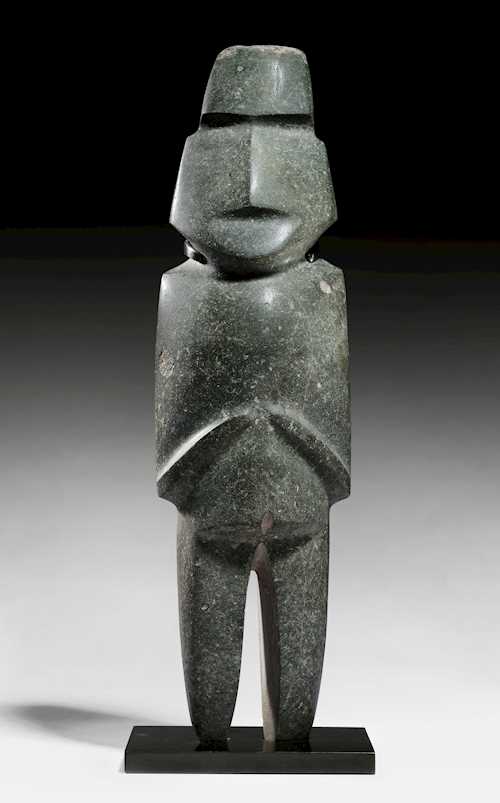
CHF 78 000 (escl. premio dell'acquirente)
Non si assume alcuna responsabilità per la correttezza di queste informazioni.
FIGURE OF A SATYR
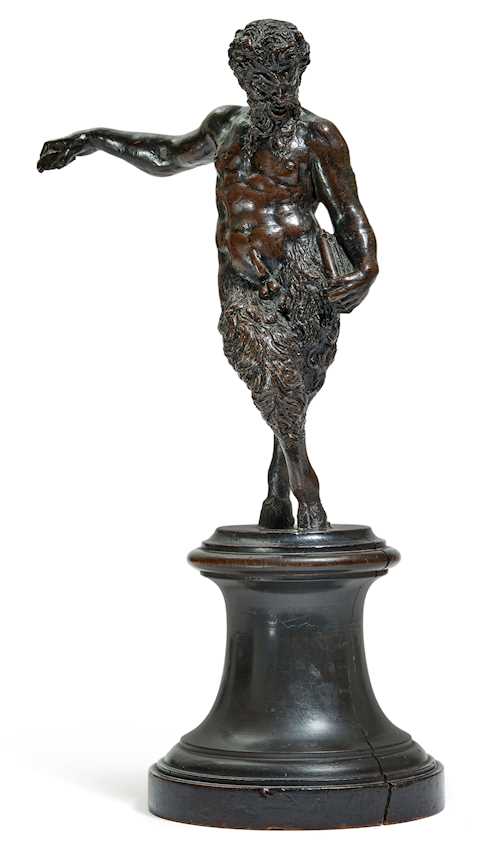
CHF 68 000 (escl. premio dell'acquirente)
Non si assume alcuna responsabilità per la correttezza di queste informazioni.
ENAMELED SKELETON CLOCK WITH SECONDS, MOON PHASE AND DATE
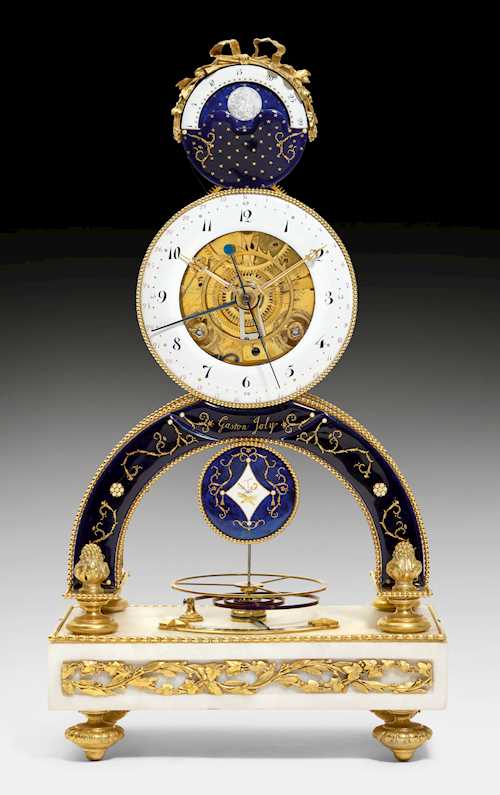
CHF 48 000 (escl. premio dell'acquirente)
Non si assume alcuna responsabilità per la correttezza di queste informazioni.
EXTREMELY RARE EUCHARISTIC DOVE
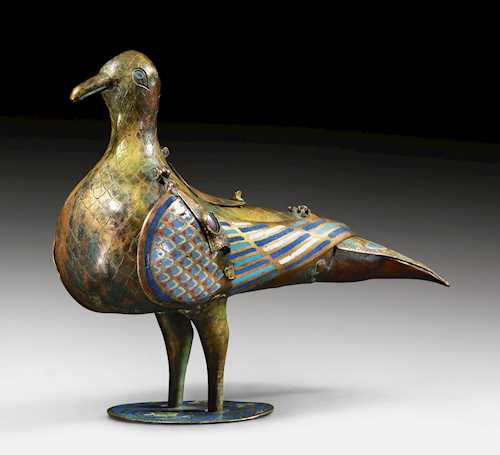
CHF 162 500
GOLD ENAMEL BOX WITH SINGING BIRD AUTOMATON, CLOCK AND SMALL CYLINDER MUSIC BOX MECHANISM
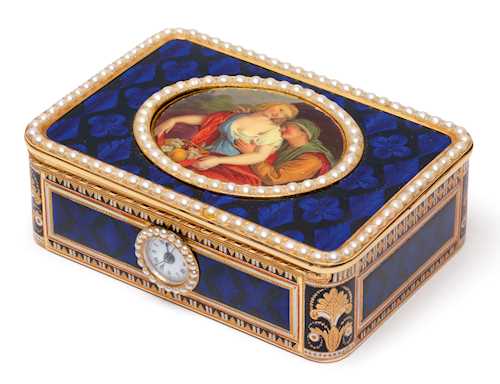
CHF 206 250
FAUTEUIL DE BUREAU "AUX LIONS AILÉS"
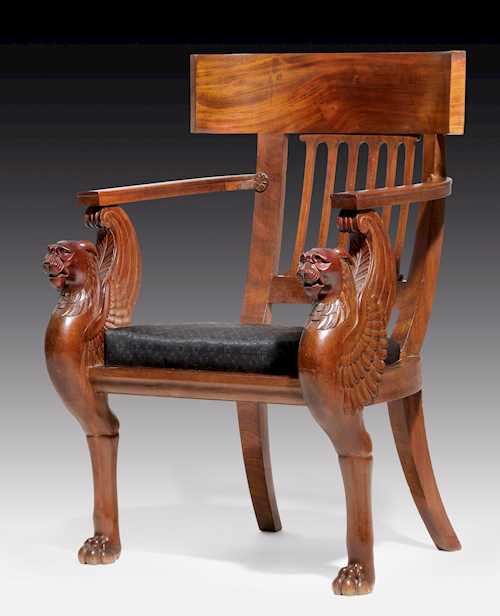
CHF 22 500
NOTATION KNIFE OR MUSIC KNIFE

CHF 25 000
MUSEUM KNIFE WITH IVORY MICROCARVING AND FOLDING HANDLE

CHF 33 750
MUMMY PORTRAIT OF A LADY
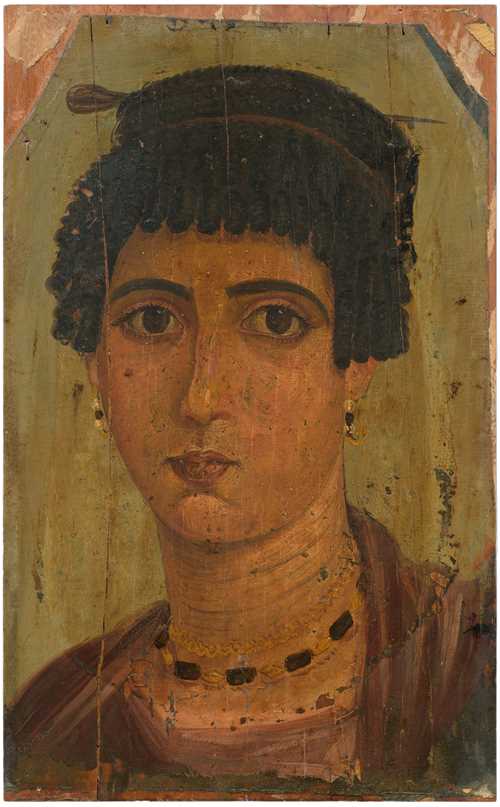
CHF 450 000
STANDING CROSS WITH FINE MICRO-CARVING
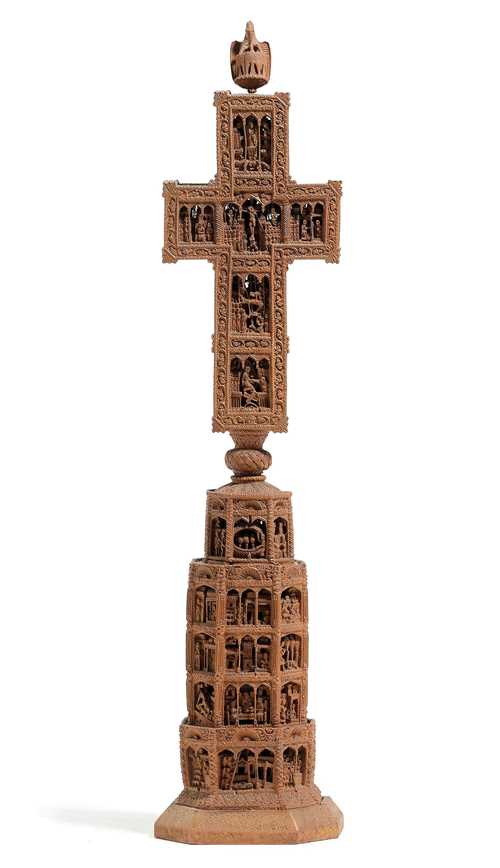
CHF 75 000



